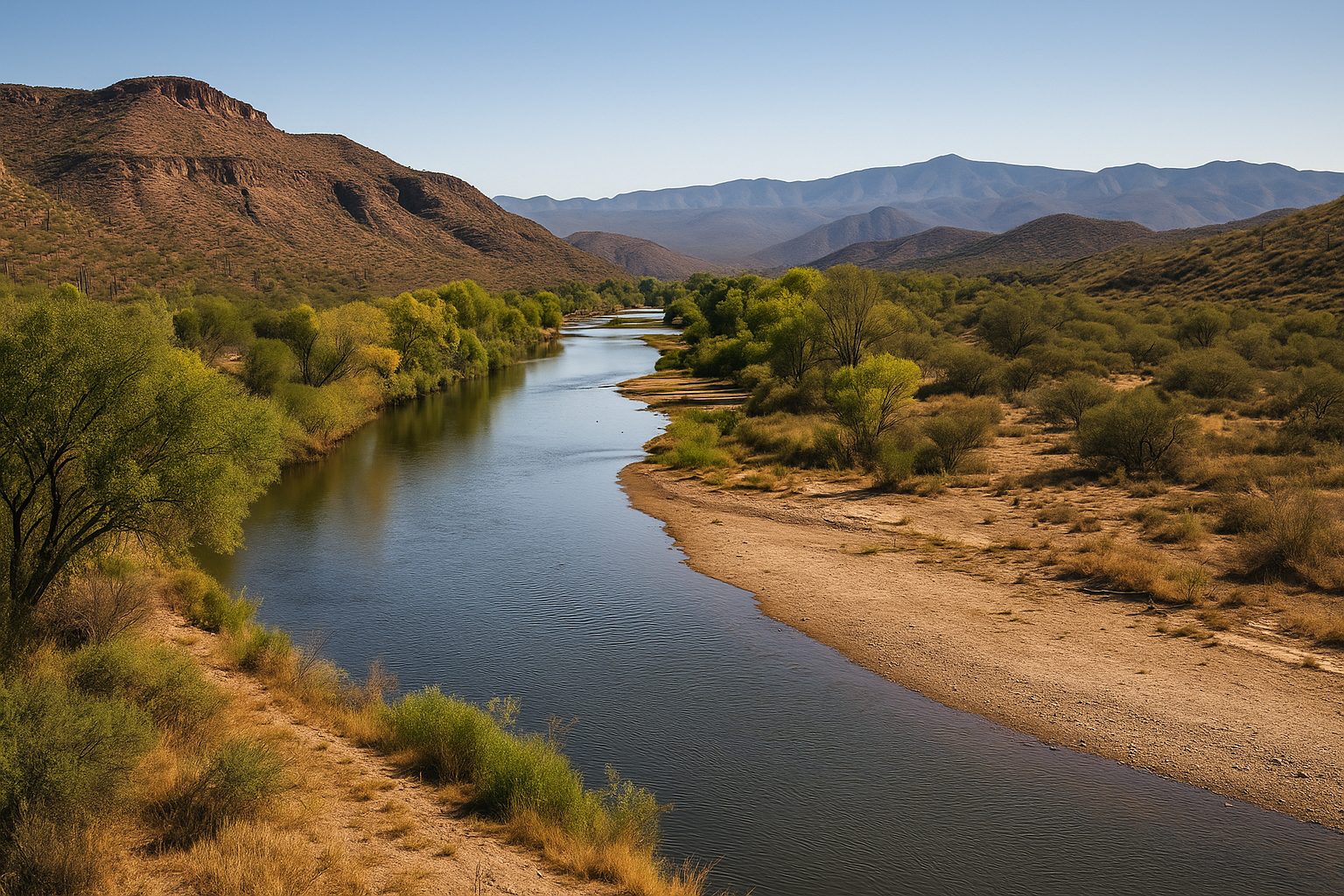Arizona Lawmakers Reach Bipartisan Agreement on $17.1B State Budget
After weeks of negotiations, Arizona lawmakers approved a $17.1 billion budget for fiscal year 2026 late Monday night, with Governor Katie Hobbs and Republican legislative leaders reaching a bipartisan deal that increases overall state spending by $300 million over initial GOP proposals.
Key Budget Highlights
The finalized budget, passed by both chambers of the Arizona Legislature with bipartisan support, maintains balanced funding while investing in core areas such as K–12 education, transportation infrastructure, public safety, and health services.
The budget:
- Provides $500 million for K–12 education, including increased per-pupil funding.
- Includes $80 million in new transportation infrastructure spending, particularly for rural highway improvements.
- Allocates $190 million to sustain the state’s Medicaid system (AHCCCS), addressing cost pressures from rising enrollment.
- Adds $30 million for rural water infrastructure and groundwater conservation projects in response to continued drought conditions.
The total is $300 million higher than the original budget proposal passed by the Republican-led Legislature in May, reflecting negotiations with Hobbs’ administration that began after her initial veto of that proposal.
Education and Health at the Forefront
Governor Hobbs had made it clear that education and health care were non-negotiable priorities. The final package delivers increased classroom support, expands mental health funding in schools, and preserves access to services for Arizona’s low-income families.
The plan adds funding for school-based counselors and continues a $68 million special education supplement initiated in 2024. It also extends temporary assistance for high-need rural school districts, particularly in Pinal, Apache, and Navajo counties.
Health-wise, the deal ensures continued Medicaid coverage for over 2.5 million Arizonans, many of whom were at risk of losing eligibility following federal COVID-era enrollment protections expiring in 2024.
Infrastructure and Water Conservation
Rural legislators pushed for water conservation investments amid Arizona’s worsening drought. The budget includes:
- $15 million for the Water Infrastructure Finance Authority (WIFA) to support community water system repairs and upgrades.
- Funding for groundwater monitoring and studies across Pinal County and southeastern Arizona, where aquifer depletion remains a long-term concern.
The transportation portion of the budget includes targeted investments to upgrade corridors like State Route 260 and improvements to local roads in Yavapai and Mohave counties.
Political and Fiscal Context
Arizona’s budget negotiations took place under heightened scrutiny due to recent economic uncertainty and projections of slower revenue growth. Although Arizona maintains a budget surplus, lawmakers were cautious to avoid long-term spending increases that could outpace revenues in future years.
The agreement was seen as a major political win for Hobbs, marking her second straight bipartisan budget deal since taking office in 2023. Senate President Warren Petersen (R-Gilbert) and House Speaker Ben Toma (R-Peoria) emphasized the need for fiscal restraint while praising the collaborative process that led to consensus.
Public Response and What’s Next
Reactions from advocacy groups have been largely positive. The Arizona School Boards Association applauded the increased K–12 allocations, while the Arizona Center for Economic Progress welcomed health care and infrastructure investments. Some progressive organizations, however, criticized the budget for lacking broader child care and housing affordability measures.
Governor Hobbs is expected to sign the budget this week, and state agencies will begin allocating funds to school districts, transportation departments, and public health providers starting July 1—the beginning of the new fiscal year.
Conclusion
The 2025–2026 Arizona state budget underscores the potential for bipartisan compromise in a politically divided state. By funding public schools, preserving health care access, and investing in infrastructure, lawmakers aim to sustain economic stability while addressing urgent community needs across both urban and rural Arizona.
